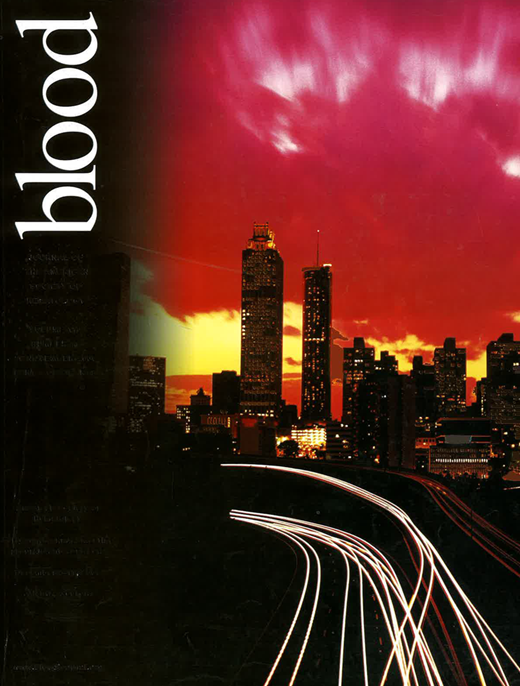Abstract
The homeobox (Hox) gene family encodes a group of transcription factors preferentially expressed during embryonic development and hematopoiesis. Overexpression of Hox genes is frequently associated with acute leukemia. HoxA9 is the most commonly overexpressed Hox gene in acute leukemia and forms part of a genetic signature that characterizes AML and ALL bearing MLL translocations. Despite frequent involvement in leukemia, pathways downstream of HoxA9 overexpression are not well characterized. In previous studies, we found that a B-lineage cell line bearing the MLL/AF4 oncogene, but lacking HoxA9 expression, retained B-lineage developmental capacity and normal apoptotic sensitivity to growth factor/stromal cell withdrawal. This led to the hypothesis that HoxA9 regulates pathways that promote leukemic cell proliferation and apoptotic resistance. This hypothesis was tested herein, by generating a conditional model of HoxA9 activity in the stromal cell dependent, HoxA9 negative pre-B ALL cell line, BLIN-2. HoxA9 was fused to the hormone binding domain of the estrogen receptor and cloned into a GFP/IRES retroviral construct. This construct was used to generate stably transduced BLIN-2/HoxA9:ER cells in which HoxA9 activity could be induced through the addition of the estrogen analog 4-hydroxytamoxifen (4HT) to the media. Cell fractionation experiments revealed that the presence of 4HT resulted in stabilization of HoxA9:ER protein and its nuclear localization in BLIN-2/HoxA9:ER cells. Electrophoretic mobility shifts performed with BLIN-2/HoxA9:ER cell nuclear extracts demonstrated that the HoxA9:ER fusion protein was capable of binding to the HoxA9 consensus DNA binding sequence. Conditional HoxA9 activation in BLIN-2/HoxA9:ER cells resulted in increased proliferation in the presence and absence of stromal cell support as compared with parental BLIN-2 cells, or BLIN-2 cells transduced with an empty vector (BLIN-2/MigR1). BLIN-2/HoxA9:ER cells survived in the absence of stromal support for an additional 3 to 5 days as compared to control cells. Stimulation of HoxA9 activity resulted in induction of IGF-1R protein expression on the surface of BLIN-2/HoxA9:ER cells. Induction of IGF-1R expression was further verified by western blot and RT-PCR analysis. HoxA9-mediated proliferative and survival effects were abrogated when BLIN-2/HoxA9:ER cells were treated with an IGF-1R tyrosine kinase inhibitor (AG1024) or with an IGF-1R monoclonal antibody (A12). IGF-1R expression correlated with endogenous HoxA9 expression in a small panel of MLL/AF4 positive ALL cell lines. Treatment of the MLL/AF4 positive cell line RS4;11 with the anti-IGF-1R antibody (A12) resulted in reduced proliferation. This effect was abrogated with supraphysiologic amounts of IGF-1. siRNA knock-down of endogenous HoxA9 expression in RS4;11 cells resulted in loss of IGF-1R expression. These data indicate that HoxA9 overexpression induces IGF-1R expression and subsequently promotes leukemic cell growth. These data provide novel mechanistic insight into how HoxA9 overexpression in acute leukemia promotes proliferation and apoptotic resistance through regulation of the IGF-1R pathway.
Author notes
Disclosure: No relevant conflicts of interest to declare.

